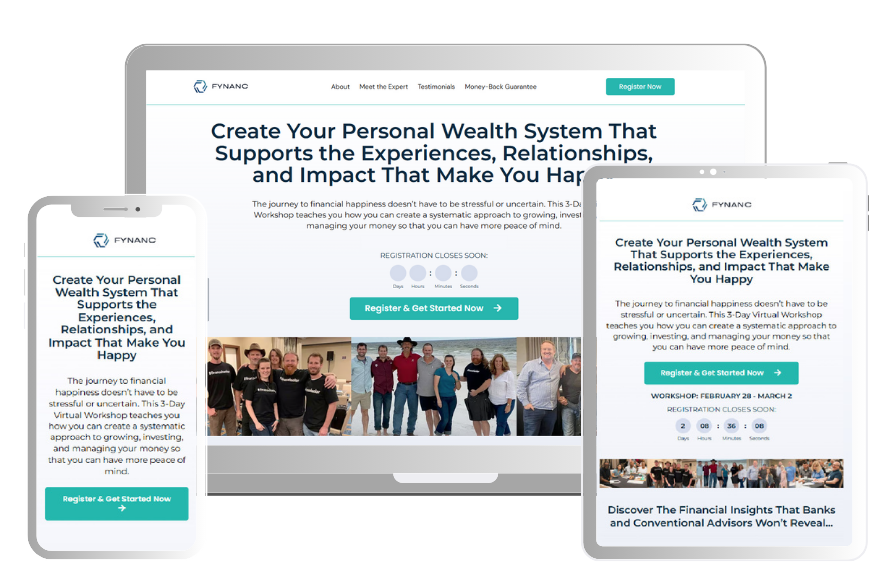The Three Variables That Determine Your Investment Outcomes
In a world filled with investment hype and conflicting advice, it’s easy to lose sight of what really moves the needle in your financial life. At Fynanc, we teach that there are only three core variables that truly matter when it comes to building wealth: Capital, Return, and Time.
Everything else is noise.
Understand these three, and you gain the power to take control of your financial future on your own terms, without waiting 30 years to retire.
Capital: The Fuel Behind Your Financial Engine
Capital is the amount of money or assets you can deploy to create wealth. Without capital, even the best investment strategy can’t gain momentum.
But here’s the good news: you don’t need millions to start. There are proven ways to increase the capital working for you, without grinding for decades or waiting for a windfall.
Smart Ways to Grow Your Capital:
Leverage Wisely:
Use other people’s money strategically (e.g., real estate financing) to control larger, income-producing assets.
Make Ongoing Contributions:
Automate investments from your monthly cash flow. Even small amounts, when compounded, create meaningful growth.
Reinvest and Recycle:
Reinvest income, dividends, and windfalls into your system so your dollars work harder over time.
We help our members implement these strategies using a finance-first system. With the right plan, even minimal capital can generate massive traction, sooner than you think.
Rate of Return: Make Every Dollar Work Harder
Your rate of return directly affects how fast your wealth grows. But most people don’t realize how significantly a few extra percentage points can impact long-term results, especially when inflation erodes your purchasing power every year.
Let’s be clear: a 4% return may feel “safe,” but in an environment where inflation sits at 5%, you’re actually losing ground.
That’s why we guide our members to:
- Avoid the “risk = return” trap.
- Focus on aggressive compounding without reckless speculation.
- Use the finance-first approach to increase return potential while controlling downside risk.
At Fynanc, we don’t chase unicorn assets. We build systems that create higher returns with more certainty.
Time: The Multiplier Most People Waste
Time can either work for you or against you. The longer your capital compounds, the more exponential your wealth growth becomes.
But here’s the flip side: if you want to reach your goals faster, you must either:
- Increase your starting capital
- Earn a higher rate of return
- Or both.
There’s no need to guess your way through this. Our frameworks help you reverse-engineer your goals and create a timeline that makes sense for your life, not just your retirement account.
Why Most Investors Struggle (And How to Avoid It)
Let’s face it, traditional investing advice often leads to delayed results, mediocre returns, and fragile plans that don’t survive real-world pressure.
The problem? Most people are stuck inside the wrong system.
To win, you need a different paradigm. One that rewrites the rules in your favor:
- Prioritize finance over assets
- Control all three variables at once
- Use strategies that accelerate progress and minimize risk
Your Next Step to Financial Clarity
At Fynanc, we don’t offer cookie-cutter advice. We equip you with a blueprint, a system, and the thinking required to create real wealth on your timeline.
Whether you’re starting with $10K or $100K, it’s not about how much you have. It’s about how you use it.







